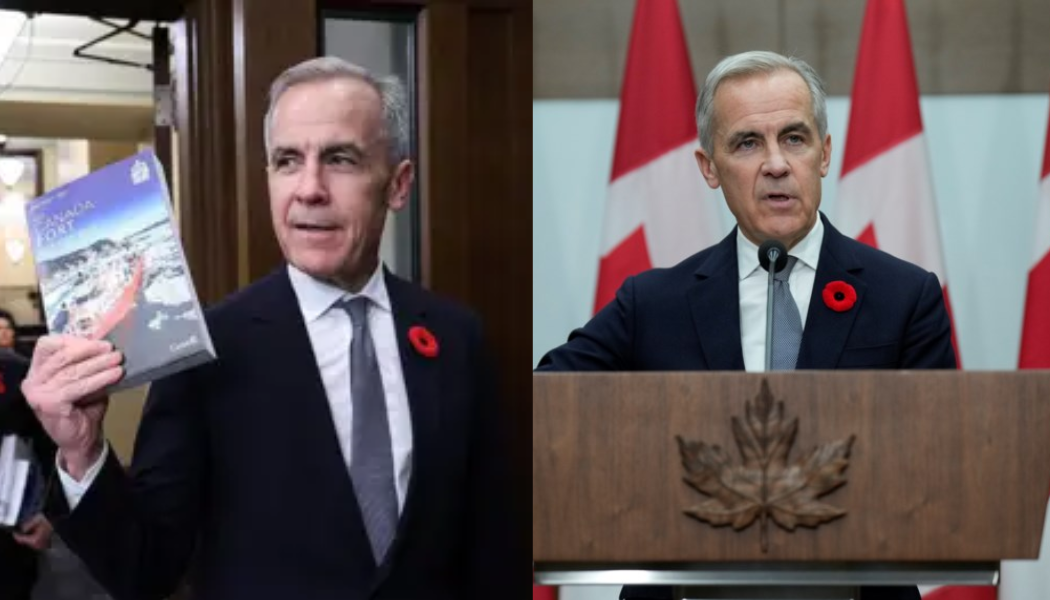The 2025 federal budget announced on Nov. 4 has made waves across Canada. Ballooning deficits, spending cuts, major investments and infrastructure dominate headlines. But behind the chaos is one question: What does this budget actually mean for students and young Canadians?
The deficit has climbed from $42.2 billion to $78.3 billion, making it one of the largest increases in recent memory. The government has divided its new spending into three broad priorities: protect, empower and build. The budget proposes $12 billion dedicated to investing in defence, tariff response and building a strong economy; $7 billion for additional actions to support Canadians and $10 billion to bring down costs for Canadians, including a middle-class tax cut and the cancellation of the consumer carbon tax.
After 567 days without a federal budget — the longest gap in Canadian history —Ottawa is promising $60 billion in savings over the next five years. Much of this will come from shrinking the public sector: 16,000 full-time jobs will be cut this year, with federal employment expected to eliminate 40,000 positions by 2029.
The Liberals’ plan to execute this budget relies increasingly on automation and A.I. to replace lost capacity. Furthering the government’s push for automation, Budget 2025 commits $1.3 billion to investments in A.I. and quantum industries and technologies over the next five years. Notably, the Canadian Revenue Agency (CRA) will offer automatic tax filing to low-income Canadians to ensure that they aren’t missing out on possible returns.
For students, the picture is mixed. Budget 2025 offers significant investments in youth employment and training, but also limits access to key supports for students.
The government has introduced no new measures to address the ongoing university funding crisis. Ottawa is also looking to further tighten the rules for international students, with study permits reduced to 155,000 in 2026, 49 per cent lower when compared to the 2025 target of 305,900.
While Ottawa will be allocating $1.5 million to new student grants and loans this fiscal year, Budget 2025 plans to restrict eligibility for the Canadian Student Grant for students attending private and for-profit institutions. This move poses an estimated yearly savings of $280 million.
On the positive side, the budget set aside more than $1.5 billion over the next three years for student and youth training and employment. This includes $600 million over the next two years to expand the Canadian Summer Jobs program to 100,000 positions for youth aged 15 to 30. $635 million over the next three years will be dedicated to student work placement programs, creating roughly 55,000 integrated learning opportunities. Additionally, $308 million over the next two years will go to the Youth Employment and Skills Strategy program. Over the next two years, $40 million will be committed to launch the Youth Climate Corps, a program aimed at engaging young Canadians in climate related work.
Notably absent from the budget was significant climate action. Instead, Budget 2025 sets forth plans for industrial carbon pricing and a path to net zero by 2050. For Indigenous Canadians, Ottawa is cutting a combined $2.3 billion from Indigenous programming. Funding continues for pharmaceutical and dental care, but no additional investments or implementation plans were provided.
Budget 2025 presents itself as a vision for renewal: spending less and investing more while modernizing government, but the balance between spending and cutting, innovation and accountability remain uncertain. Whether this budget will prove to develop generational projects or become generational burdens is still unknown.

